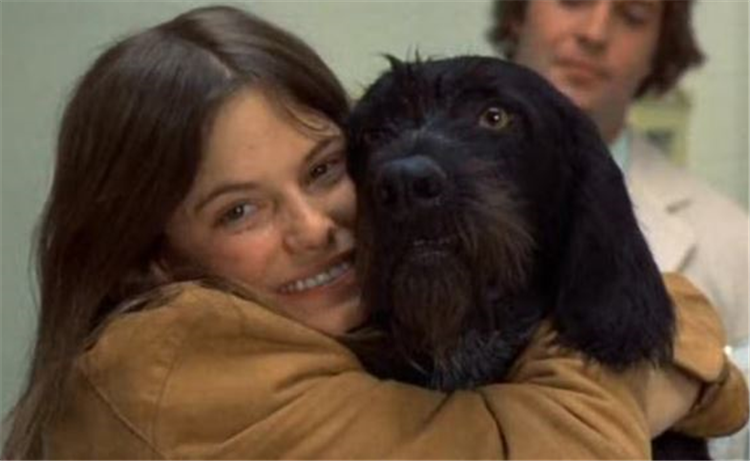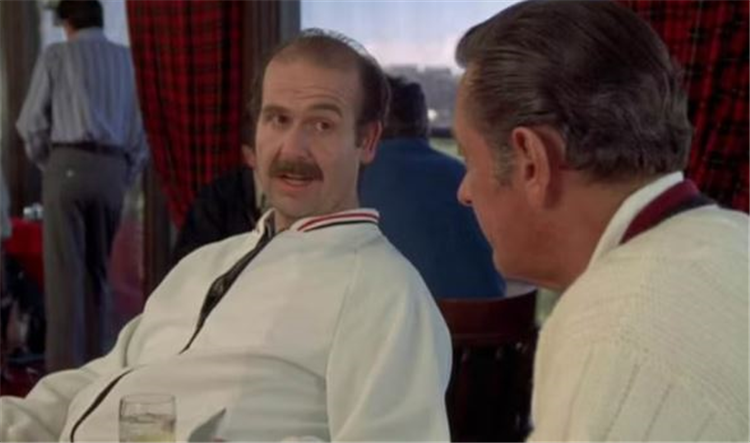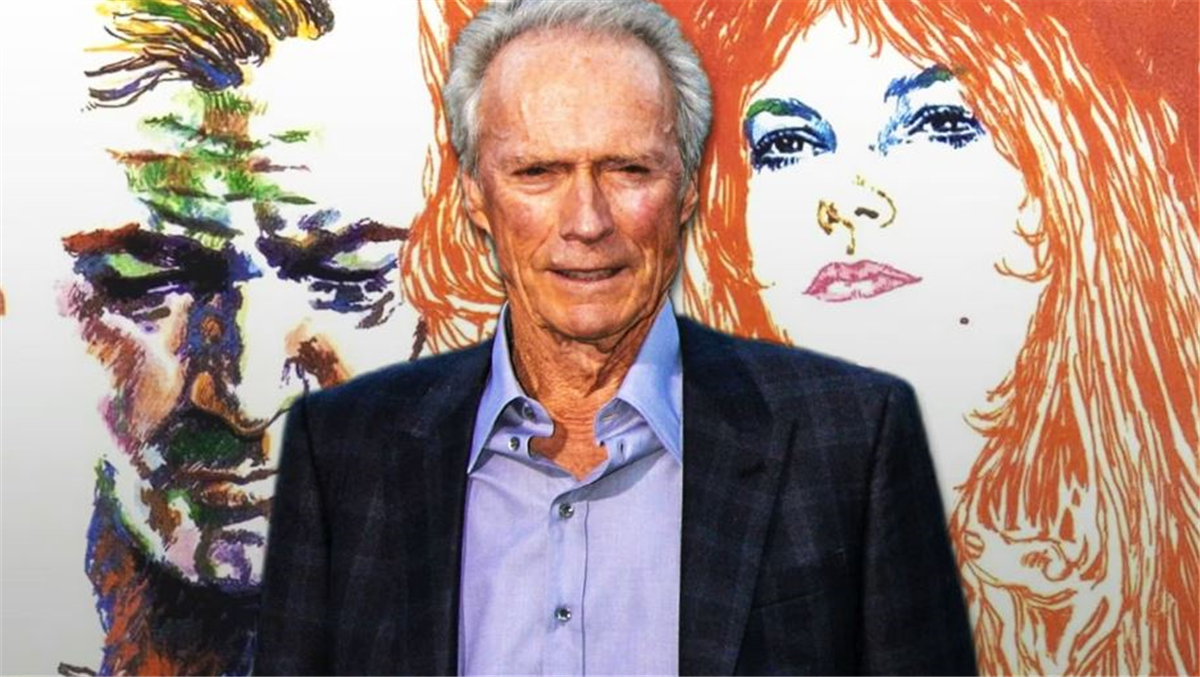With Clint Eastwood’s Juror No. 2 around the corner, it’s time to look over the monstrous directorial filmography that he has left in his wake. He has directed 39 films, with a 40th on the way. Clint Eastwood’s catalog is legendary, with a wide variety of powerful stories spanning from 1971 until today. The 94-year-old Eastwood claims that Juror No. 2, the projected Academy Award contender, might be his final film. Even if he gears up for another, it is undeniably true that he isn’t getting any younger. Clint Eastwood himself has been reckoning with his mortality in his projects for nearly 30 years now.
Recent outings like Cry Macho and The Mule are highlights of what has been called the “Self-Mythologization” of Clint Eastwood. Films with undeniable self-referential quality, featuring aging characters (portrayed by Eastwood) on “one final run.” Even way back in the 2000s, when he was a young 78-year-old man, he displayed some signs of this, Gran Torino being the most fitting example. Despite this late-career self-awareness, one could make the case that the most poignant self-portrait came with 1973’s Breezy, 50 years ago. Phenomenally underrated and criminally unnoticed, Breezy is more than just a prescient warning of Eastwood’s future career exploits; it’s also a stone-cold masterpiece.
Breezy is More Than a Questionable Romance
- Breezy was Clint Eastwood’s third directorial outing.
- Kay Lenz was 19 when Breezy was filmed.
- Clint Eastwood has a brief uncredited cameo as a man on the boardwalk.
One of the most common criticisms of Breezy is the significant age gap between the two protagonists. In the film, Kay Lenz’s Breezy is a 19-year-old hippie, while her primary love interest is William Holden’s Frank, a roughly 55-year-old sales representative. It’s a forbidden romance, on paper and in Frank’s mind. The romance is often called out as purely fantasy, not only due to their age, but also due to their extreme differences as characters. This is not lost on the filmmakers; in fact, it’s entirely intentional. The film’s tagline is “Her name is Breezy…and love was all they had in common,” and it couldn’t be more fitting.
The film follows the titular Breezy as the free-spirited musician who slowly infiltrates Frank’s life. She does this by hitching rides, showing up at his home, and by showing him that optimism can prevail. Frank is a notorious cynic and sarcasm machine, but Breezy is able to poke through his hardened exterior. Over the course of the film, a real bond forms between the two, but Frank continues his cynical and paranoid ways by accusing Breezy of using him for his money. Slowly and surely, fate brings the pair back together, but it’s the journey there that makes it all worth it.
The character of Frank, in particular, is also why this film serves as a prescient self-portrait. A man outside the counterculture, a man infatuated with what used to be. In general, one would expect someone of Clint Eastwood’s sensibilities to imbue a negative view into the film’s messaging, but it’s the exact opposite. Frank accepts Breezy for who she is, and Breezy accepts Frank. Despite their differences, they change each other for the better.
The ’70s were a phenomenal decade for film, but many projects have aged poorly as the decade was a political hotbed. As controversial and patriotic as Eastwood can be, there is a self-awareness and empathy to his work that makes his movies unique. Eastwood has been defying the expectations with his subtle progressivism and themes of acceptance for years, and Breezy is no different. Frank deserves to be loved, and Eastwood deserves the benefit of the doubt, no matter what the hardened exterior says.
What Makes Breezy Different?

One of the primary reasons for Breezy being a “hidden” masterpiece is the subject matter. Eastwood has directed multiple masterpieces, all with some vague thematic similarities. His consistency throughout his career when it comes to choosing projects is astounding. He generally likes to explore heavy topics. He explores maligned American heroes corrupted by bureaucracy with Sully, Richard Jewell and Changeling. Intense war films that dive deep into the psychological effects of the experience with American Sniper, Letters to Iwo Jima and Flags of Our Fathers. Vengeful westerns with Unforgiven, High Plains Drifter and The Outlaw Josey Wales. Even Eastwood’s more melodramatic outings, like The Bridges of Madison County, are high stakes and heartbreaking. Breezy doesn’t have any of these qualities, but it doesn’t need them.
- Jo Heims, the screenwriter of Breezy, also wrote Clint Eastwood’s directorial debut, Play Misty For Me.
- Kay Lenz briefly appeared in American Graffiti as Jane
- Sir Love-A-Lot, the Dog featured in the film, is named Earle in real life.
Eastwood is a master at restraint and ambiguity, and generally, while tackling these heavy topics, he will leave the audience with a brief silver lining, but he doesn’t always. Films like American Sniper or Mystic River end on a low note, signaling the continuation of violence and pessimism. This is another reason why Breezy is an outlier. Breezy is an exercise in optimism and free love from a notoriously cynical director, and it’s unapologetically all about the silver lining. The film operates entirely on the worldview of its titular character. Everything will work out; everyone has love to give. Breezy is a heart-widening cinema and the best example of it.
Kay Lenz and William Holden Have Career Defining Performances
Throughout his illustrious career, Clint Eastwood has directed loads of actors to career-best performances. His restraint and eye for classical performances is a large part of why his career has been so successful. While Eastwood never won an Academy Award for his own acting performances, he has directed five Hollywood stars to Academy Award-winning performances. Gene Hackman in Unforgiven, Sean Penn and Tim Robbins in Mystic River, and Hilary Swank and Morgan Freeman in Million Dollar Baby.
- William Holden was nominated for three Academy Awards in his career, winning one.
- Kay Lenz was discovered when Eastwood and producer Robert Daley saw her in The Weekend Nun (1972).
- Clint Eastwood was nominated for Best Actor at the Academy Awards twice in his career.
All of these examples were tremendously deserving, but even without the awards Breezy’s central performances still rank near the top. To say a William Holden performance is his all-time best is a massive claim. He is one of the greatest Hollywood stars of all time and for good reason. An Academy Award winner in his own right for Billy Wilder’s Stalag 17, Holden has impressed audiences for years with his proclivity for eliciting emotion with a simple look. A master of restraint and subtlety, much like Eastwood, he brings it all to the table in his performance as Frank Harmon. While it may not be his personal acting peak, it is certainly one that hyper-focuses on exactly what he does best and, in the process, becomes absolutely essential for understanding him as an actor.
Kay Lenz, however, is the beating heart of the film. Her performance provides fuel for a film that could very easily be seen as ingenuine. If it wasn’t for her lively and adorable performance as the titular Breezy, there would be no chance of this working as well as it does. Breezy is on the pantheon of all-time good-natured characters, and portraying a character so pure of heart can be supremely difficult. Kay Lenz is able to do so by taking a page out of William Holden’s book. Soft, loving stares towards the camera combined with an intoxicating playful energy produce a perfect portrait of a “go with the flow” hippie. Kay Lenz notched a Golden Globe nomination for her marvel of a performance here but lost out to the equally deserving and even younger Tatum O’Neal. Lenz went on to primarily perform for television, receiving a daytime and a primetime Emmy for her work but never reached the same glorious heights in a film ever again.
What Brings Breezy Down?

Despite the brilliance of this 1970s weepie, there are elements of Breezy that bring it down to earth. Much like other 70s releases, there are parts of this film that wouldn’t exactly hold up today. The most relevant example of this is a singular character, Bob, who is Frank’s best friend and confidante, who is along for the ride, hearing every word of Breezy and Frank’s exploits. While he is a perfectly fine source of comic relief at times, Bob’s character is primarily characterized by what can only be described as “Incel” rants. They’re mostly in jest and meant to play as a contrast to Frank’s developing empathy, but halfway through the film, most viewers will grow tired of hearing the brooding pessimism.
- William Holden agreed to appear in the film for no salary.
- Breezy’s full name in the film is Edith Alice Breezerman.
- Roger C. Carmel, who plays Bob, came to fame for his role as Harry Mudd in the original Star Trek series.
Despite its failure to secure a spot in the film canon, Breezy still stands as a nearly pitch-perfect piece of cinema hidden in an all-time great filmography. Its status as a strange tonal outlier likely means that it will remain unseen for years to come. However, as Clint Eastwood’s career comes to a close, there is some hope that Breezy will be rediscovered, reappraised, and placed at the top of the mountain where it belongs.
